Planning your dream vacation to Vietnam? From the vibrant street life in Hanoi to the breathtaking beaches of Phu Quoc, Vietnam offers endless adventures. But before you hop on that flight, let’s talk about money. Understanding how currency and payment work in Vietnam can save you a lot of stress (and a few dong). Here’s your ultimate 2025 guide to handling money like a local, genuine, helpful, and made for travelers like you.
The Official Currency
The Vietnamese Dong (VND) is the official currency of Vietnam. At first, all the zeros can be a bit overwhelming, but don’t worry, you’ll get the hang of it quickly! Banknotes come in the following denominations: 500; 1,000; 2,000; 5,000; 10,000; 20,000; 50,000; 100,000; 200,000; and the largest note is 500,000 VND.
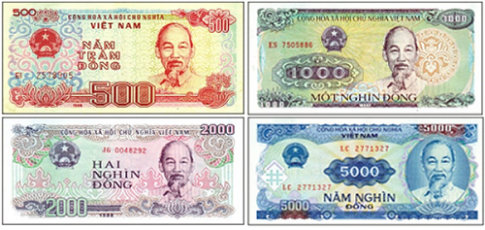
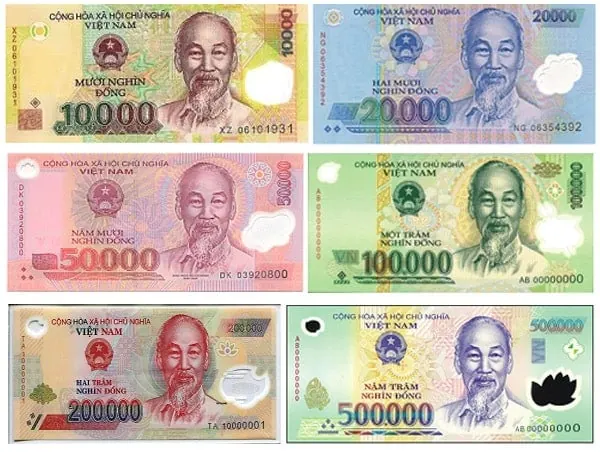
Currency denominations in Vietnam. Photo by: diendankinhtevietnam-VEF
About the 500 VND bill
First introduced in 1987 after Vietnam’s economic reforms, the 500 dong note once held meaningful purchasing power and was widely used in daily transactions. Over time, however, inflation has made it nearly obsolete. Today, even the smallest purchases typically require at least 1,000 or 2,000 VND, and the 500 dong note is rarely seen in use.
While it still holds legal tender status, the 500 VND note is more of a nostalgic piece, a small symbol of Vietnam’s economic journey. Some people even keep it as a memento or cultural souvenir.
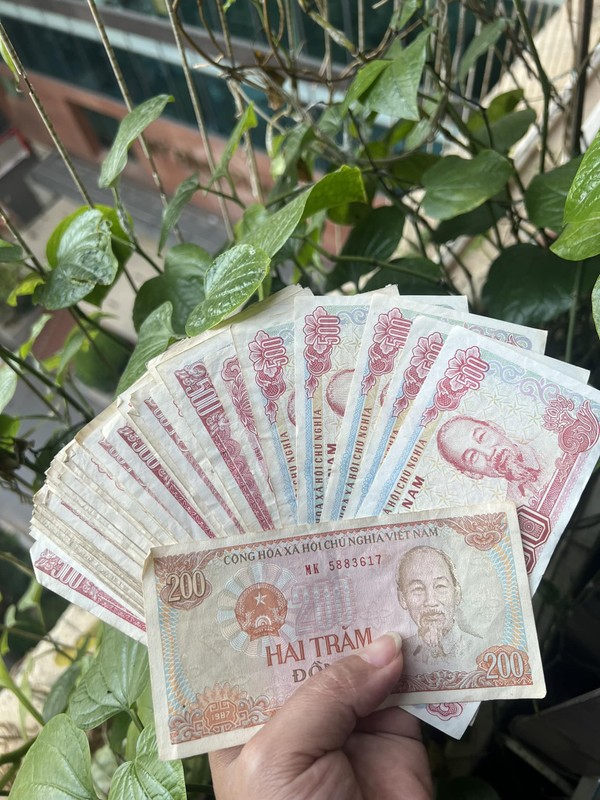
Reminiscing about the 500 VND bill that is still valid but rarely used. Photo by: tracuuquyhoachcom
Quick FAQs: Are coins used in Vietnam?
Not anymore. Coins were officially phased out in 2011 and are no longer used in daily transactions.

Complete set of Vietnamese coins issued in 2003 – Indochina coins. Photo by: nguyenvulongcom
Traveler Tips: Be careful with bills that look similar. For instance, the 20,000 VND and 500,000 VND notes share similar colors and sizes. Accidentally handing over a 500,000 when you meant to give 20,000 can be an expensive mistake.
Top Payment Methods in Vietnam
After having an overview on Vietnam’s official currency, what is still being used and what’s not, let’s move on to the top favorite payment methods in this country.
Cash is Still King
Even in a rapidly digitizing world, cash is essential in Vietnam, especially when you venture outside the major cities. Street food vendors, local markets, and small shops usually accept only cash.
Traveler Tips: carry small denominations for things like taxis, tips, and quick snacks and monitor exchange rates to stay updated on current rates
>> Read More: Tipping Culture in Vietnam: All You Need to Know
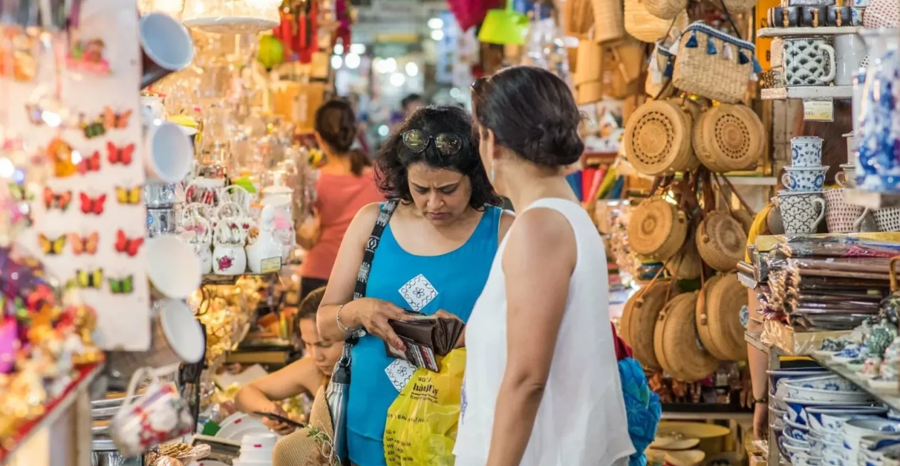
Pay in Vietnamese cash – the traditional way. Photo by: vneconmyvn
Credit & Debit Cards
In cities like Ho Chi Minh City, Hanoi, and Da Nang, credit and debit cards are widely accepted at hotels, large restaurants, and shopping malls. But here are few things to keep in mind when using this payment method:
- Foreign transaction fees may apply, depending on your card issuer.
- Additionally, some merchants may add a 2–3% service charge for card payments.
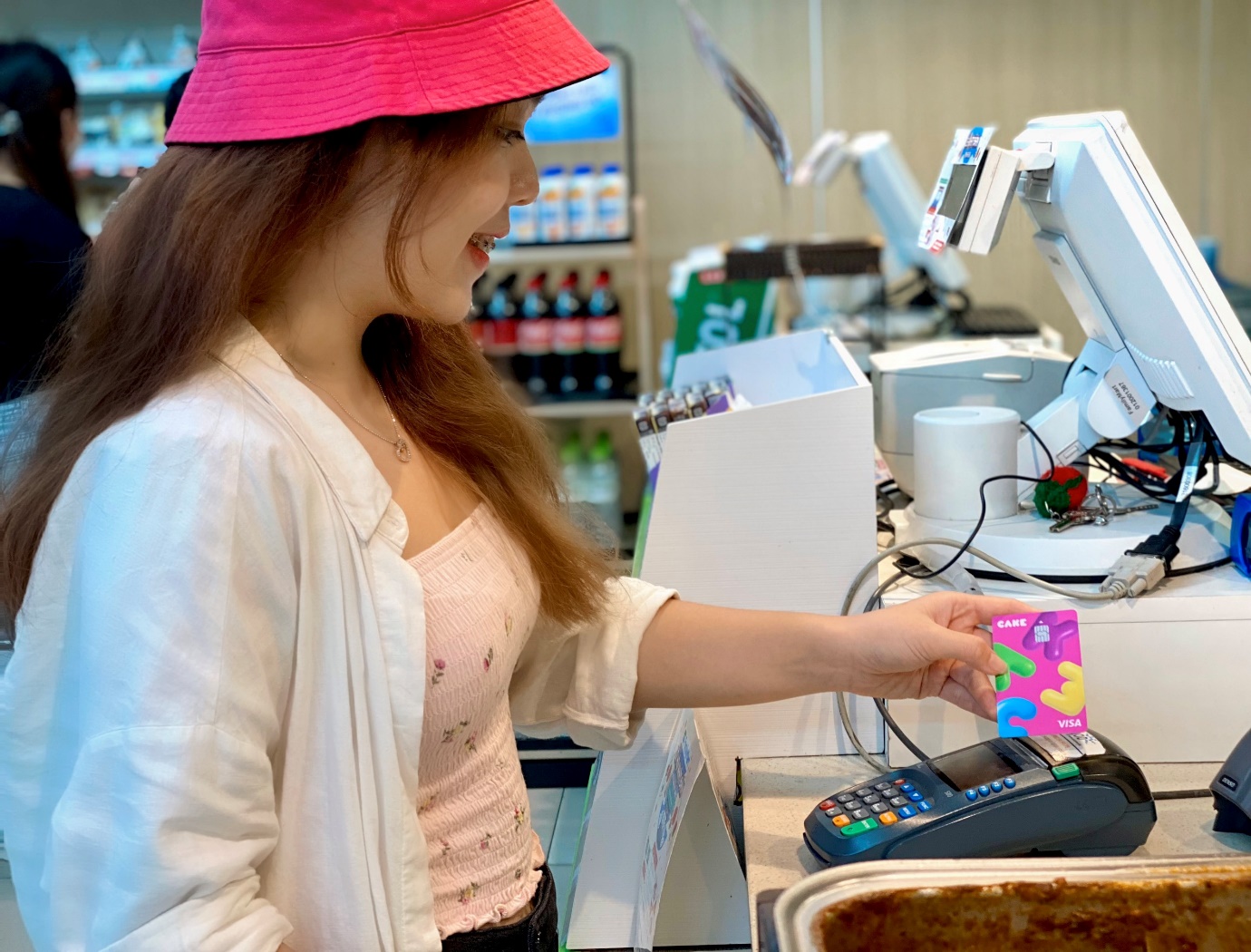
Pay quickly and easily with credit and debit cards. Photo by: CafeF
In case you need cash? No worries, ATMs are easily found across the country! Most machines support Visa and Mastercard credit/debit cards. Typical withdrawal limits range from 2 to 5 million VND per transaction, with fees usually between 30,000 and 50,000 VND per withdrawal.
Traveler Tips:
- Always choose to pay in VND to avoid poor exchange rates.
- Use ATMs from major banks like Vietcombank, BIDV, Techcombank,… for better reliability.
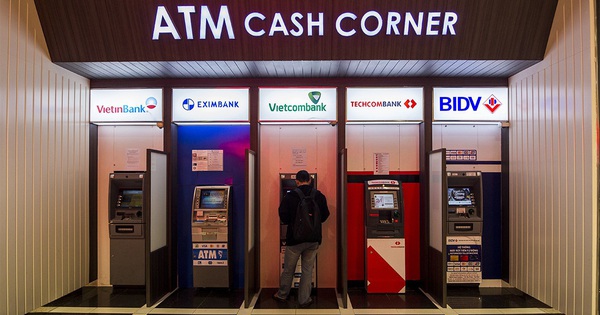
Tourists can ATMs are easily found across the country. Photo by: CafeF
GOOD NEWS!
Traveling with My Vietnam Tours as we offer a free transactional fee option on many of our partnered services. Help you avoid upcharge up to 6%! Check out our full travel benefits combo here.
Digital Payment Evolution
Vietnam is gradually transitioning toward a “cashless society,” driven by the rise of e-wallets and QR code payment methods. Popular digital wallet apps like MoMo, ZaloPay, VNPay, and ShopeePay are widely used by locals. However, these typically require a Vietnamese bank account, limiting their accessibility for foreign travelers.
That said, Apple Pay, PayPal, and Google Pay are the top digital payment solutions for visitors. All three are supported throughout Vietnam, especially at larger retail chains, restaurants, and shops with contactless payment terminals, as well as for online shopping and booking services.
Traveler Tip: always ask if a vendor accepts mobile payment. The availability varies by region and shop type.

Pay easier with visa’s tap to phone. Photo by: tapdoanMK
Safety & Scams
Vietnam is generally safe for travelers, but it pays to stay alert when dealing with money.
- Counterfeit Notes: Fake bills—particularly 500,000 VND and 200,000 VND notes—can occasionally circulate. Double-check bills for security features like watermarks and color-changing ink. If something doesn’t feel right, don’t accept it
- Receipts: After any currency exchange, ask for a receipt and count your money before leaving the counter.
>> Read More: Complete Guide to Money Exchange in Saigon: Tips & Best Places
Pay Smart, Travel Smarter!
Getting familiar with Vietnam’s currency and payment system isn’t just smart, it’s empowering. With a little preparation, you’ll move through markets, shops, and cities like a seasoned traveler, not a lost tourist.
Want your trip to be completely stress free? Let My Vietnam Tours handle it all! From no-fee transactions to reliable payment options, we are here to guide you through every corner of Vietnam with confidence and ease. Connect with us now!

